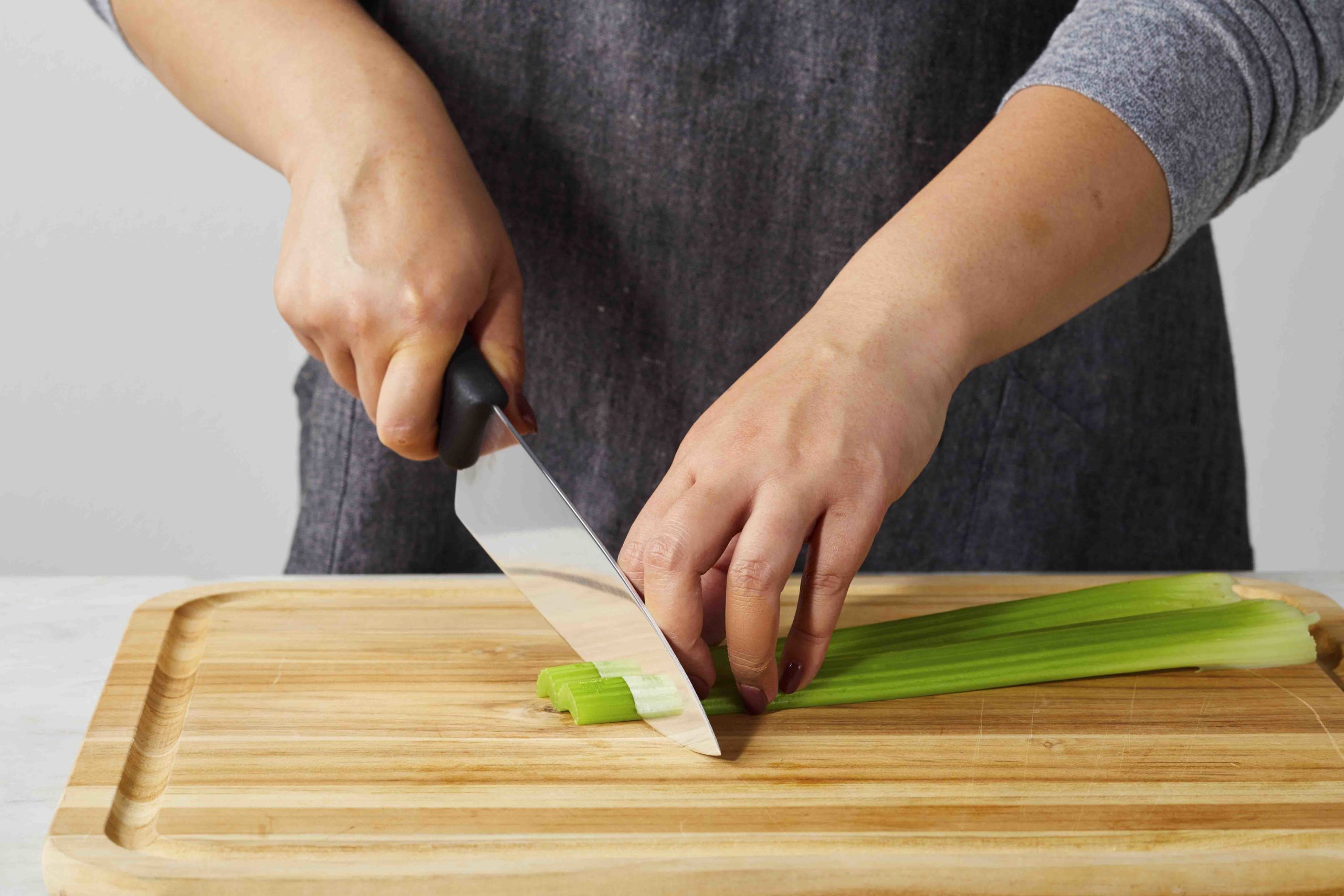How to Remove Corrosiao from Japanese Steel Knives Safely and Effectively
Written By James Morgan
Barbecue enthusiasts, rejoice! If you're wielding a Japanese steel knife at your next grill-out, you'll want to ensure it's in top condition. But what happens when corrosion rears its ugly head? Knowing how to remove corrosiao from Japanese steel knife is crucial for maintaining the integrity and performance of your beloved tool. This comprehensive guide will walk you through the steps to keep your knife looking and slicing like new.

Understanding Corrosion
Before diving into the 'how,' lets first understand the 'what.' Corrosion is a natural process that occurs when metal reacts with environmental elements such as moisture, oxygen, and salt. Japanese steel knives, known for their superior cutting abilities and craftsmanship, are also susceptible to corrosion if not properly cared for.
Why Corrosion Happens
Corrosion is the result of a chemical reaction between the metal in your knife and its surroundings. Common causes include prolonged exposure to water, acidic foods, and even the air. Once corrosion sets in, it can deteriorate the blade, making it less effective and aesthetically pleasing.

Precautionary Measures
Prevention is often better than cure. Here are some precautionary measures to take to keep corrosion at bay:
- Proper Drying: Always dry your knife thoroughly after use. Even the smallest water droplets can initiate corrosion.
- Oil Application: Applying a thin coat of mineral oil can create a protective layer against moisture and air.
- Proper Storage: Store your knife in a dry area. Knife blocks or magnetic strips are excellent options.
Using the Right Cleaning Materials
Avoid abrasive cleaners and sponges as they can scratch the blade, making it more susceptible to corrosion. Opt for soft cloths and mild detergents instead.

Step-by-Step Guide to Removing Corrosion
Items You'll Need
- Soft Cloth
- Baking Soda
- White Vinegar
- Water
- Mineral Oil
- Microfiber Towel
Method 1: Baking Soda Paste
- Mixing the Paste: Create a paste using baking soda and water.
- Application: Apply the paste to the corroded area using a soft cloth.
- Scrubbing: Gently scrub the area until the corrosion starts to lift.
Method 2: Vinegar Soak
- Preparation: Pour white vinegar into a bowl.
- Soak: Submerge the corroded part of the knife in the vinegar for 5-10 minutes.
- Rinse and Dry: Rinse the knife thoroughly and dry it with a microfiber towel.
Final Touch: Applying Mineral Oil
Once the corrosion is removed, apply a thin coat of mineral oil to the blade. This will provide a protective layer to prevent future corrosion.

Maintaining Your Knife
Maintaining your Japanese steel knife involves regular cleaning and proper storage. Ensure you use a knife sharpener designed for Japanese blades to keep it in optimal condition. For more tips on knife maintenance, check out how to wash Japanese knife.
For more information on knife care, you can also visit Cooking Hub's guide on knife handling.
FAQs
Can I use steel wool to remove corrosion?
No, steel wool can scratch the blade, making it more susceptible to further corrosion.
How often should I oil my knife?
Its good practice to oil your knife after every use, especially if you wont be using it for an extended period.
Is it safe to wash my knife in the dishwasher?
No, the dishwashers heat and detergents can be too harsh, leading to increased wear and corrosion.
As an Amazon Associate, I earn from qualifying purchases.



